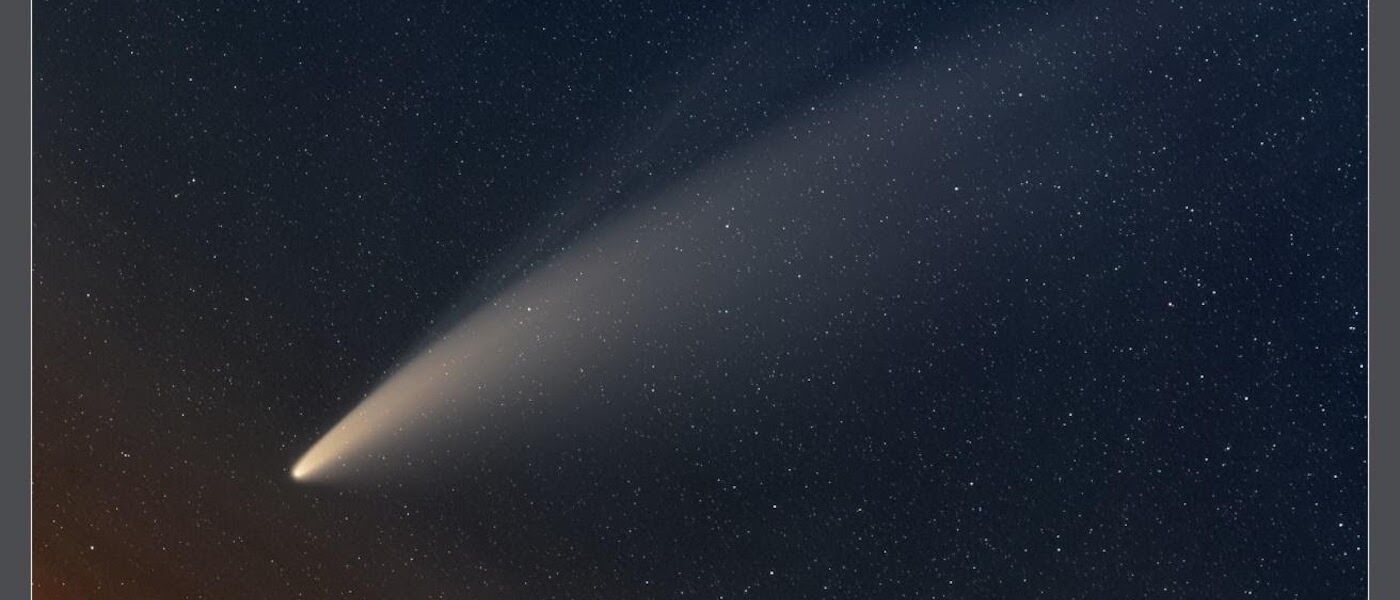Head outside this week to see Comet NEOWISE in the morning or evening

This summer, a lot of our favorite activities are being put on hold – but we can still head outside to see some incredible space objects in the sky.
For the week of July 13 – 18, be sure to look for the first comet of 2020 that is visible to the unaided eye: Comet NEOWISE. It’s visible in both the morning and the evening!
This comet was discovered by NASA’s NEOWISE mission, a space telescope orbiting 325 miles above Earth. NASA’s NEOWISE mission is intended specifically to scan for asteroids and comets that present potential collision danger to Earth. But don’t worry – Comet NEOWISE will pass at a very safe distance of 64 million miles from Earth on its closest approach on July 22, 2020.
To look for the comet in the evening sky, try to find a location that has a very clear view of the west and the north – no trees or buildings, for example. Start looking in the north northwest around 9:30 PM, as it’s getting fully dark (you can use the compass on your phone to help find north). The comet will be about 6 degrees above the horizon, which is the width of three of your fingers at arm’s length. The comet will set about 9:45 PM. Look for a fairly bright point of light, which will be the head of the comet (if you have binoculars, you may be able to see a faint tail as well).
To look for the comet in the morning sky, try to find a location that has a very clear view of the northeast (again, no trees or buildings). Start looking in the north northeast around 4:00 AM, which is when the comet rises. Use the compass on your phone to mark the direction; the comet rises 30 degrees to the right of due north, or about the width of three palms held at arm’s length. Again, look for a fairly bright point of light, which will be the head of the comet (just as in the evening, if you have binoculars you may be able to see a faint tail as well).
After July 16, it will be hard to find the comet in the morning, since day will break shortly after the comet rises. From July 17 on, your odds are better of looking for the comet in the evening sky.
If you grab any cool photos – or even just some photos of your family having fun looking for the comet – be sure to share them with us on Facebook, Twitter, or Instagram!
Interested in more space stories like this one? Follow us on Facebook to keep up with our weekly Planetarium Online live streams, every Thursday at 1 PM!
